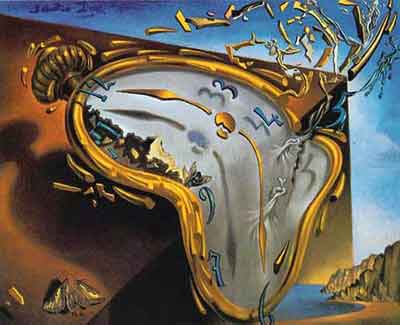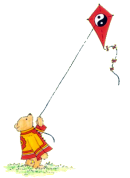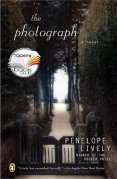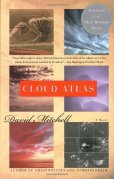
View Bowery Bugs: http://www.youtube.com/watch?v=CeUeN2sQeDo
In the spirit of English Major-y over analyzation, we watched “Bowery Bugs” in my English Novel 1 course, subtitled “The Picaresque”. Picaresque stems from the Spanish “Picaro”, meaning rouge or rascal (Oxford English Dic.) Following characters who live outside of societal norms generally due to social or economic stratification, the stories journey through a world of crime, morally dubious actions and trickery. The character must navigate this world as a fellow trickster.
Viewing “Bowery Bugs” as a Picaro parable was really fun for me. Having only covered this, Slumdog Millionaire and Lazarillo de Tormes so far in my course, my conceptual understanding of “The Picaresque” is still pretty superficial. Cartoons are easily dismissible as jejune but the chance to dig deeper into Looney Tunes was pretty exciting.
My line of thought centers around two things: 1) why does Bugs so persistently and blithely screw with Brody, what is his agenda? 2) What about these series of tricks is so jarring that is makes Brody attempt suicide? What does this signify?
Brody, by attempting to kill Bugs for a trivial good-luck trinket, a rabbit’s foot, earns Bugs’ ire. Bugs lives outside of town, removed from the riff-raff of the city, keeping to himself in his rabbit hole. Brody rudely interrupts his self-determined isolation and illustrates a desire to get ahead in life at the expense of others’. Not only that, he attempts to procure luck through an outside force. Instead of making his own way in life, he relies on the fortune of the rabbit’s-foot to earn success.
Bugs reacts to this with an appeal to Brody’s reliance on luck, offering him a series of lessons, masquerading as better sources of luck than a rabbit’s foot. Bugs is able to outsmart and finagle Brody through his mastery of deception and his abilities clearly come from hard work and determination–bugs is reliant upon himself and not procured luck.
This says two things: Don’t tread on someone else in order to gain fortune and don’t rely on luck for success, you’ll be outsmarted.
The end illustrates a world that Bugs creates to show Brody’s that his misfortune in life is bred from the abdication of responsibility over his own destiny. By relying on outside sources, Brody lacks control over anything. By relying on anything other than himself, he invites the whole world, full of Bugs Bunnies, to control his life. This metaphor culminates with the reveal that even Brody’s reflection and identity can be stolen if he allows it to be, this final realization causes Brody insanity and suicide attempt.
What else can one do when the world is something constructed to decimate your own sense of person? He is not clever to see through life’s deceptions and work outside of their framework. Instead, he attempts to defeat his own powerlessness by controlling the only thing he has left once life and identity is gone, death.
And that–I think–is the power of the Picaro that I’ve discerned so far. The ability to reject the deceptions in life as a fellow deceiver and carve out your own sense of worth and success. The world is full of people and characters attempting to form your reality for you. You, alone, have the power to reject those ideals and live contentedly with your own, so long as they are truly your own. Deception is merely a surrendering control of perception–it’s your job to be an even more clever deceiver.






